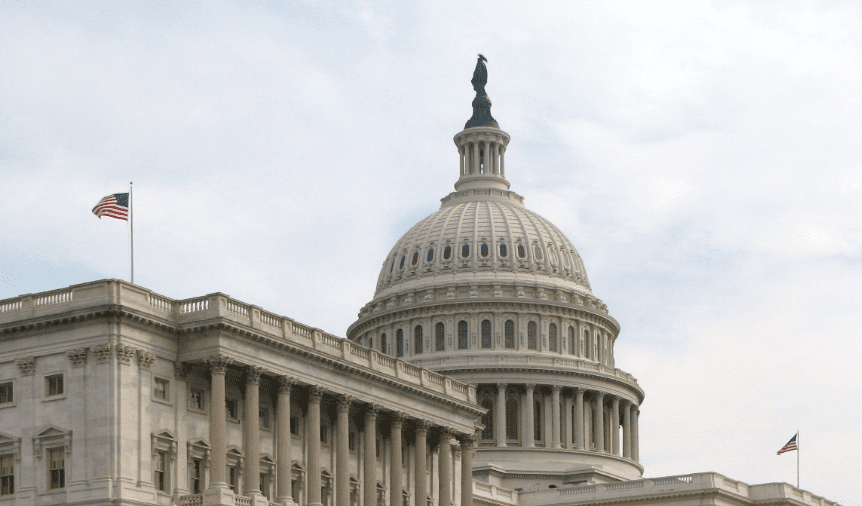This article first appeared on the Magnolia Tribune.

(Photo: Scrumshus, Wikimedia Commons)
Bill King says how society will provide for its older citizens, and probably even what it means to be “retired,” is going to require a complete reset from our current notions.
When I write on Social Security, I regularly have readers write and tell me the “real” problem with Social Security is that Congress has looted the Social Security trust fund and spent the money on other programs. I have as little respect for Congress as anyone and they are profligate spendthrifts, but this narrative is false.
Every year, the trustees who govern Social Security’s operations issue a Trustees’ Report. Included in that report is a cash flow statement going back to the inception of the program in 1937. It details the taxes paid into the plan, adds interest earned from the excess funds held by the system, and then subtracts the administrative costs and benefits paid.
In 69 of the 86 years since Social Security was created, the system has enjoyed a positive cash flow. This has resulted in the system building up a cushion over the years, which currently totals to about $2.7 trillion. So, where is that money?
The answer is that it is invested in U.S. bonds. Those bonds earn interest which help defray the cost of the program and in the 17 years that it ran a negative cash flow, it cashed bonds to make up the difference.
Those bonds are part of the overall debt issued by the federal government to finance its operations, albeit a relatively small amount of the total federal debt (~7-8%). Those who promote the “Congress looted Social Security” narrative have misinterpreted the use of the reserves by the federal government as part of its overall financing structure as evidence that the reserves have been used for other purposes.
Some critics go so far as to suggest that the bonds that Social Security holds are worthless and will never be repaid. This is nonsense, which is most clearly demonstrated by the fact that Social Security has redeemed over $100 billion on bonds in the last two years and in 14 other years when its cash flow went negative.
Beyond that, the market for U.S. securities is the deepest and most liquid in the world. The federal government auctions billions in securities on a weekly basis, which are regularly oversubscribed. While many, including your correspondent, worry about the long-term fiscal trajectory of the federal government, the risk of it defaulting on bonds held by Social Security is nil.
However, some have raised a fair question as to whether investing all of Social Security’s reserves in U.S. bonds is the best investment strategy. The interest rate paid on the bonds is determined by a formula adopted by Congress in 1960. It uses a rolling average of the rate on all U.S. bonds with maturities longer than four years. My rough calculation indicates this has resulted in about a 5.2% average yield since 1960. Currently, the rate is much lower because interest rates have been so low for the last decade, notwithstanding the increase in rates over the last year. According to Social Security Administration data, the average return for 2022 was 2.35%.
In contrast, the S&P 500 index has returned 10.15% since 1960. If the reserves had been invested in the S&P 500 during that time, the reserve balance today would be something around $30 trillion and we would not be facing any shortfall for decades. Of course, investing the reserve funds in stocks or other alternative investments would be hugely controversial and involve significant risks to the fund. Nonetheless, it would appear that a more diversified investment strategy would relieve some of the pressure on the system. (This is not a novel concept. George W. Bush proposed it in 2005 – and it was hardly a new idea then. The politics, though, are tougher than just crunching the numbers.)
But the real problem with the promotion of narratives like “Congress looted Social Security” is that they divert attention away from the real demographic problem that will continue to plague the system in the coming decades. How society will provide for its older citizens, and probably even what it means to be “retired,” is going to require a complete reset from our current notions. The sooner we accept the math of that new reality and begin to change our system and expectations, the less painful the transition will be.
#####
This article was originally published by RealClearPolitics and made available via RealClearWire.
This article first appeared on the Magnolia Tribune and is republished here under a Creative Commons license.
Read original article by clicking here.

